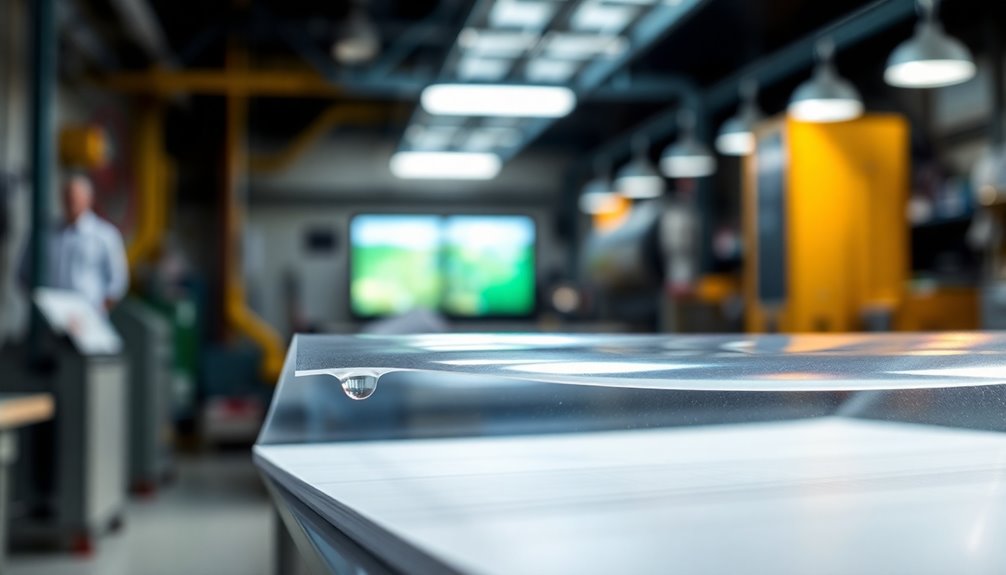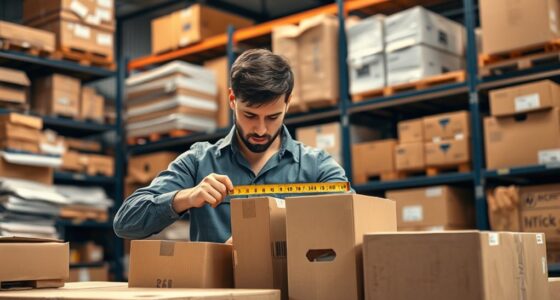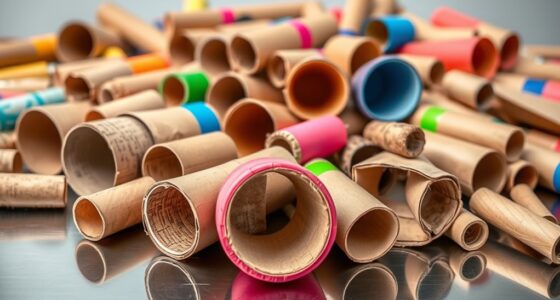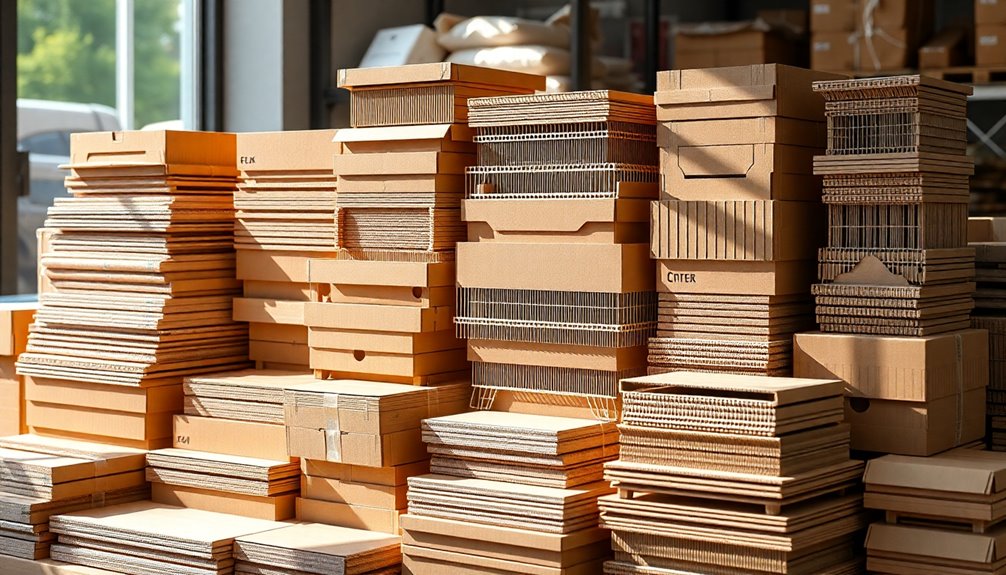Clear paper is shaking up the packaging industry with its stunning transparency and eco-friendly credentials. Made from renewable cellulose fibers, it's lightweight, strong, and biodegradable, making it an attractive alternative to plastics. You'll see its unique properties create eye-catching displays that enhance product visibility. Plus, it supports brands' sustainability goals by reducing environmental impact. As consumer preferences shift towards transparency and innovative designs, clear paper is leading the charge in modern packaging solutions. Curious about the future of this exciting material? There's a lot more to discover about its potential and growing popularity in various markets.
Key Takeaways
- Clear paper boasts over 90% transparency, making it an attractive alternative to traditional packaging materials like plastics and glass.
- Made from renewable cellulose fibers, clear paper supports sustainable practices and reduces environmental impact through biodegradability and recyclability.
- Its lightweight yet durable characteristics, along with enhanced water and grease resistance, make it ideal for various industrial applications, particularly in food packaging.
- The unique aesthetic appeal of clear paper enhances product visibility, encouraging innovative designs and creative marketing strategies for brands.
- With a growing global demand for sustainable packaging solutions, clear paper is poised to redefine industry standards and consumer expectations.
Revolutionary Transparency in Materials
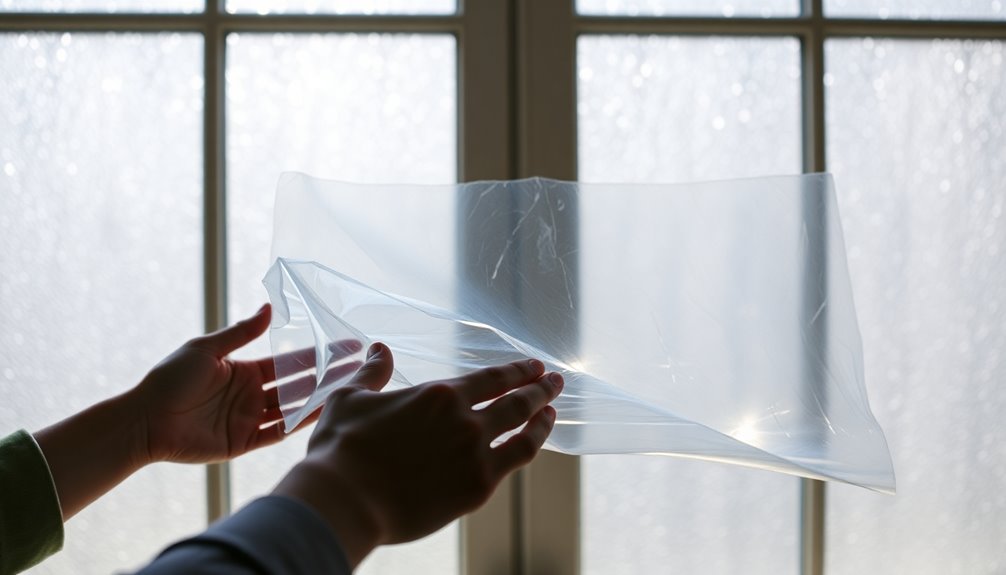
Embracing innovation, clear paper represents a groundbreaking advancement in material science with its extraordinary transparency exceeding 90%. This remarkable clarity makes it an appealing alternative to traditional materials like plastics and glass. You'll find that clear paper's unique properties not only enhance visibility but also redefine how smaller ones, like packaging and electronic components, can be designed.
The development of clear paper stems from advanced processing techniques applied to cellulose fibers sourced from renewable resources. This sustainable approach significantly reduces the environmental impact often associated with synthetic materials. Plus, its exceptional mechanical properties—high tensile strength and flexibility—allow it to endure various stresses without losing transparency.
Moreover, clear paper's unique surface characteristics open up a world of possibilities for coatings and treatments. These enhancements can improve functionality for various applications while maintaining that sought-after clarity. As industries increasingly prioritize sustainability and innovation, the growing interest in clear paper has sparked investments aimed at scaling production technologies. You'll see more of this material in sectors looking to create eco-friendly solutions without sacrificing performance or aesthetic appeal. Clear paper is truly paving the way for a new era in transparent materials.
Material Composition and Properties
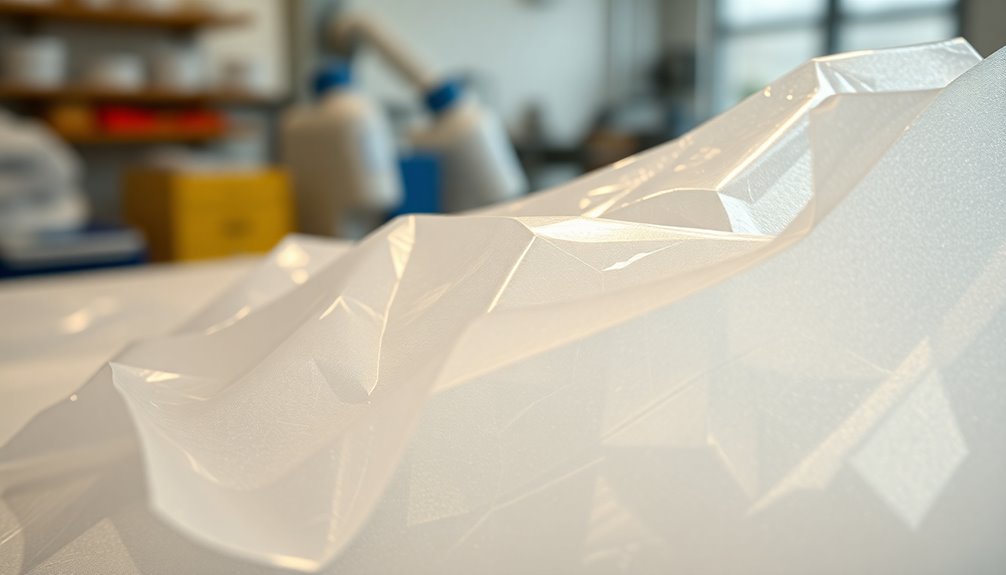
Clear paper's impressive transparency stems from its unique material composition, primarily derived from cellulose fibers. This natural polymer not only provides clarity but also contributes to the paper's high tensile strength, making it lightweight yet durable. You'll find clear paper suitable for various industrial applications, where both strength and aesthetics matter.
To enhance its versatility, clear paper often undergoes treatments that improve its water and grease resistance. This quality is particularly beneficial in food packaging, where moisture sensitivity is a concern. The production process involves refining and sometimes polymerizing cellulose, which elevates its distinct clarity and durability.
Moreover, clear paper can be coated with specific polymers, enhancing printability and ensuring compatibility with various inks. This opens up new possibilities for branding and marketing, allowing you to create eye-catching packaging that stands out on the shelves. With its unique composition and properties, clear paper is not just a novelty; it's a practical solution for modern needs in packaging and design. By understanding these materials, you can make informed choices that leverage their potential in your projects.
Creative Packaging Solutions
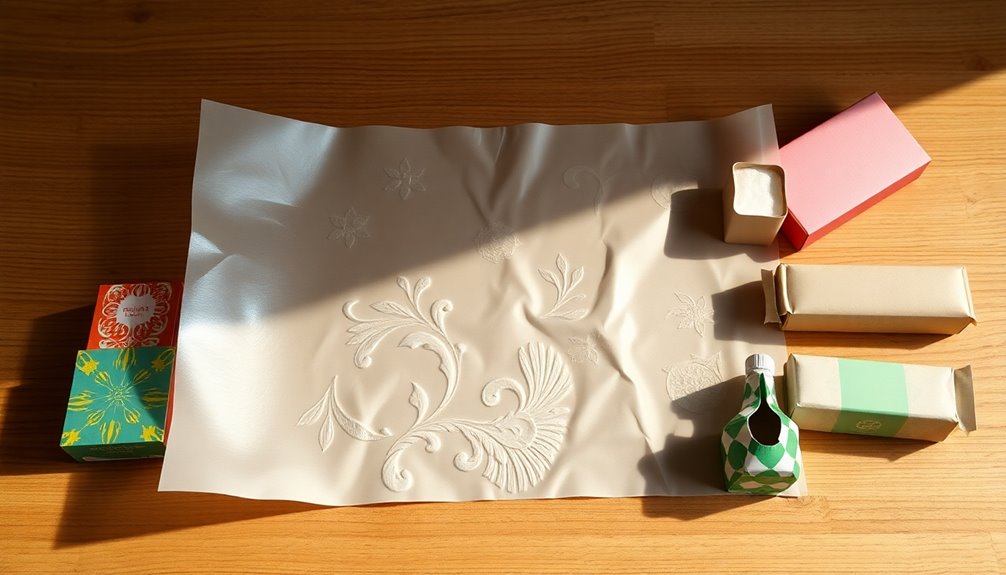
Transforming packaging design with clear paper opens up exciting possibilities for brands looking to stand out. This innovative material, made from cellulose, provides a transparent and eco-friendly alternative to traditional plastic packaging. If you're aiming to appeal to environmentally conscious consumers, clear paper is a perfect choice.
The unique properties of clear paper allow for creative designs that enhance product visibility while protecting against moisture and light. Imagine showcasing your product in a sleek, clear package that invites customers to see what they're buying. Companies are increasingly adopting this material to align with sustainability goals, as it's biodegradable and sourced from renewable materials.
You can also maintain vibrant graphics and messaging without compromising environmental standards, thanks to the ability to print on clear paper using eco-friendly inks. The versatility of clear paper means it can be used across various applications, from food packaging to luxury goods, showcasing its adaptability in meeting diverse market needs. By embracing clear paper, you can elevate your packaging game and create an unforgettable unboxing experience that resonates with consumers.
Environmental Impact and Sustainability
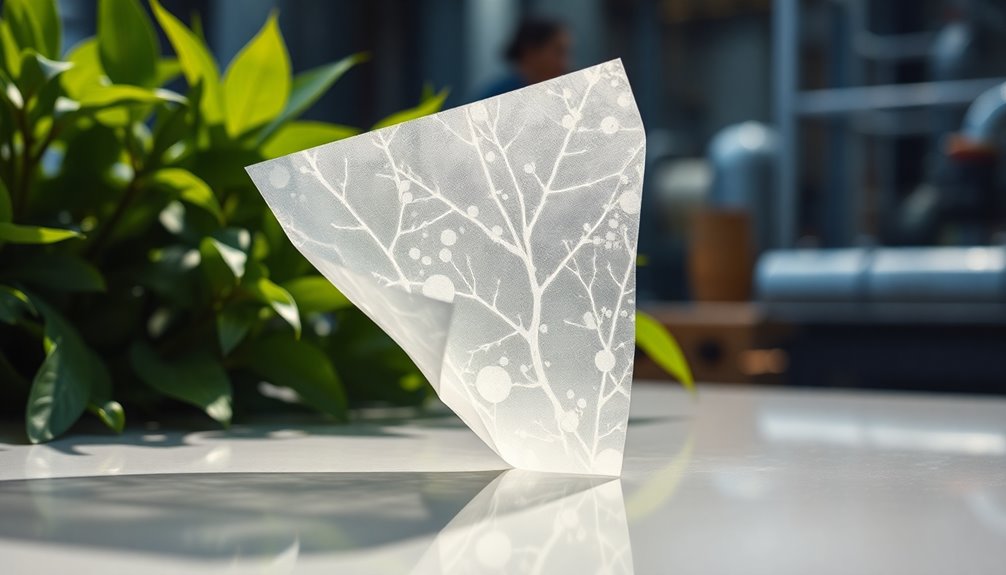
Sustainability is at the forefront of consumer choices today, and clear paper emerges as a remarkable solution that addresses environmental concerns. By using renewable resources, clear paper significantly reduces our reliance on traditional wood pulp, promoting sustainable forestry practices and decreasing deforestation rates. This shift not only helps preserve forests but also supports biodiversity.
When it comes to production, clear paper generates fewer carbon emissions compared to conventional paper manufacturing. This means a lower overall environmental impact, which is crucial in the fight against climate change. Moreover, clear paper is recyclable and biodegradable, aligning perfectly with circular economy principles and reducing the landfill waste we often associate with traditional paper products.
You'll find that using clear paper in packaging and printing can diminish the environmental footprint, particularly by minimizing the need for non-biodegradable plastics that harm ecosystems. As more industries adopt clear paper technology, there's a fantastic potential for driving innovation towards sustainable product designs and eco-friendly alternatives. Embracing clear paper isn't just a trend; it's a step towards a greener future that benefits both consumers and the planet alike.
Innovative Uses in Food Packaging

Innovative materials like clear paper are revolutionizing food packaging by offering both functionality and environmental benefits. Made from renewable resources, clear paper provides a transparent view of the product, allowing you to see what you're purchasing while keeping items fresh. Its biodegradable and compostable nature makes it a smart alternative to traditional plastic packaging, which often contributes to waste pollution.
When you choose clear paper, you're not just opting for aesthetics; this material effectively creates barriers against moisture and oxygen, helping extend the shelf life of food products and reduce spoilage. Its visual appeal enhances brand presentation and engages consumers by showcasing the contents clearly.
Moreover, research shows that using clear paper can cut the carbon footprint of food packaging by up to 50% compared to conventional plastic options. This means you can support sustainability while enjoying the advantages of modern packaging solutions. By embracing clear paper, you're joining a movement toward a more eco-friendly food industry that prioritizes both product visibility and environmental responsibility.
Future of Packaging Design
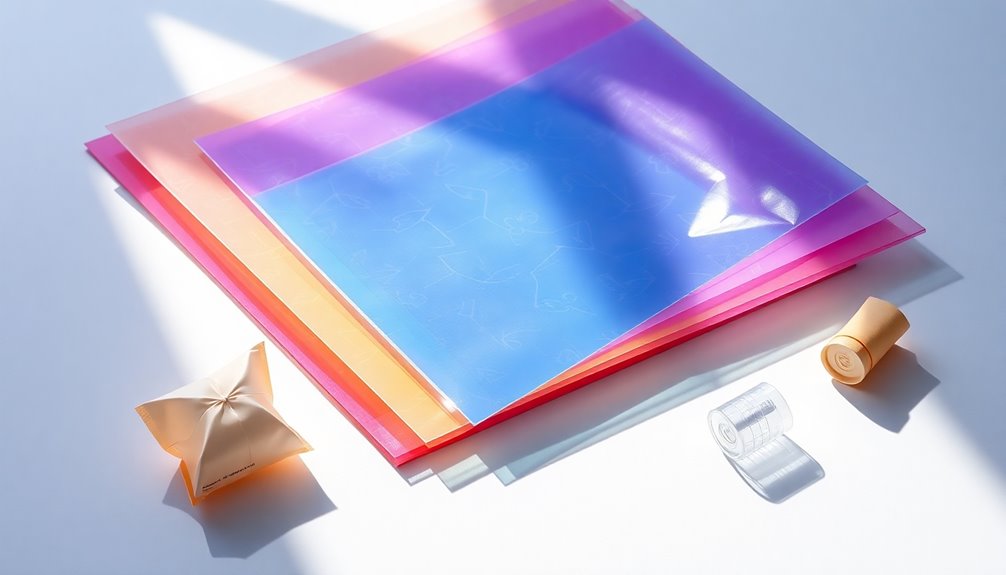
As the packaging industry evolves, clear paper is set to redefine design aesthetics and functionality. This innovative material, derived from wood pulp and cellulose, offers a transparent and eco-friendly alternative to traditional plastic packaging. With the global demand for sustainable packaging solutions projected to hit $500 billion by 2028, clear paper is positioned to play a crucial role in minimizing environmental impact.
You'll appreciate that clear paper isn't just about sustainability; it also excels in printability and customization. This means brands can elevate their packaging aesthetics while ensuring practicality. Companies looking to align with consumer preferences for environmentally responsible products will find clear paper an attractive option, especially since it biodegrades and composts easily.
As manufacturers dive deeper into clear paper, expect innovations in production techniques that will lower costs and enhance scalability. This could revolutionize packaging design, making it both accessible and appealing. Embracing clear paper means you'll witness a shift in how brands communicate their values, blending sustainability with striking visual appeal. The future of packaging design is bright, and clear paper is leading the way.
Frequently Asked Questions
How Does Clear Paper Compare to Traditional Paper in Cost?
When you compare clear paper to traditional paper in terms of cost, you might find clear paper often comes at a premium. Its unique properties and manufacturing process can make it pricier. However, consider how its versatility could save you money in the long run, especially for specific applications. If you're looking for something innovative, investing in clear paper could offer value that traditional options don't. Always weigh your needs against the cost.
Can Clear Paper Be Recycled Like Regular Paper?
Yes, clear paper can be recycled like regular paper, but it's essential to check with your local recycling program first. Not all facilities accept it, as its unique composition might interfere with traditional recycling processes. When you're ready to recycle, make sure the clear paper is clean and free from contaminants. By recycling, you contribute to a more sustainable environment, reducing waste and encouraging the use of eco-friendly materials in your daily life.
What Industries Are Adopting Clear Paper Technology?
You'll find that various industries are embracing clear paper technology. Packaging companies are particularly interested, as it offers a unique way to showcase products while remaining eco-friendly. The advertising sector is also adopting it for eye-catching promotional materials. Even the art world is experimenting, using clear paper for innovative designs and displays. As this technology gains traction, you'll likely see it expand into more fields, transforming how we think about materials.
Are There Limitations to Clear Paper's Durability?
Yes, there are limitations to clear paper's durability. You might find it less resistant to tearing and water damage compared to traditional materials. Its transparency can make it more susceptible to smudges and scratches, affecting its appearance. While it offers unique design possibilities, you'll need to handle it carefully to maintain its integrity. Overall, understanding these limitations helps you decide when and where to use clear paper effectively.
How Does Clear Paper Perform in Different Weather Conditions?
When it comes to weather conditions, you'll find that clear paper performs differently based on the environment. In dry conditions, it holds up well, maintaining its clarity and structure. However, in humid or rainy weather, it can absorb moisture, leading to potential warping or tearing. If you plan to use it outdoors, consider protective coatings or an alternative material to ensure it lasts and looks great in various weather scenarios.

